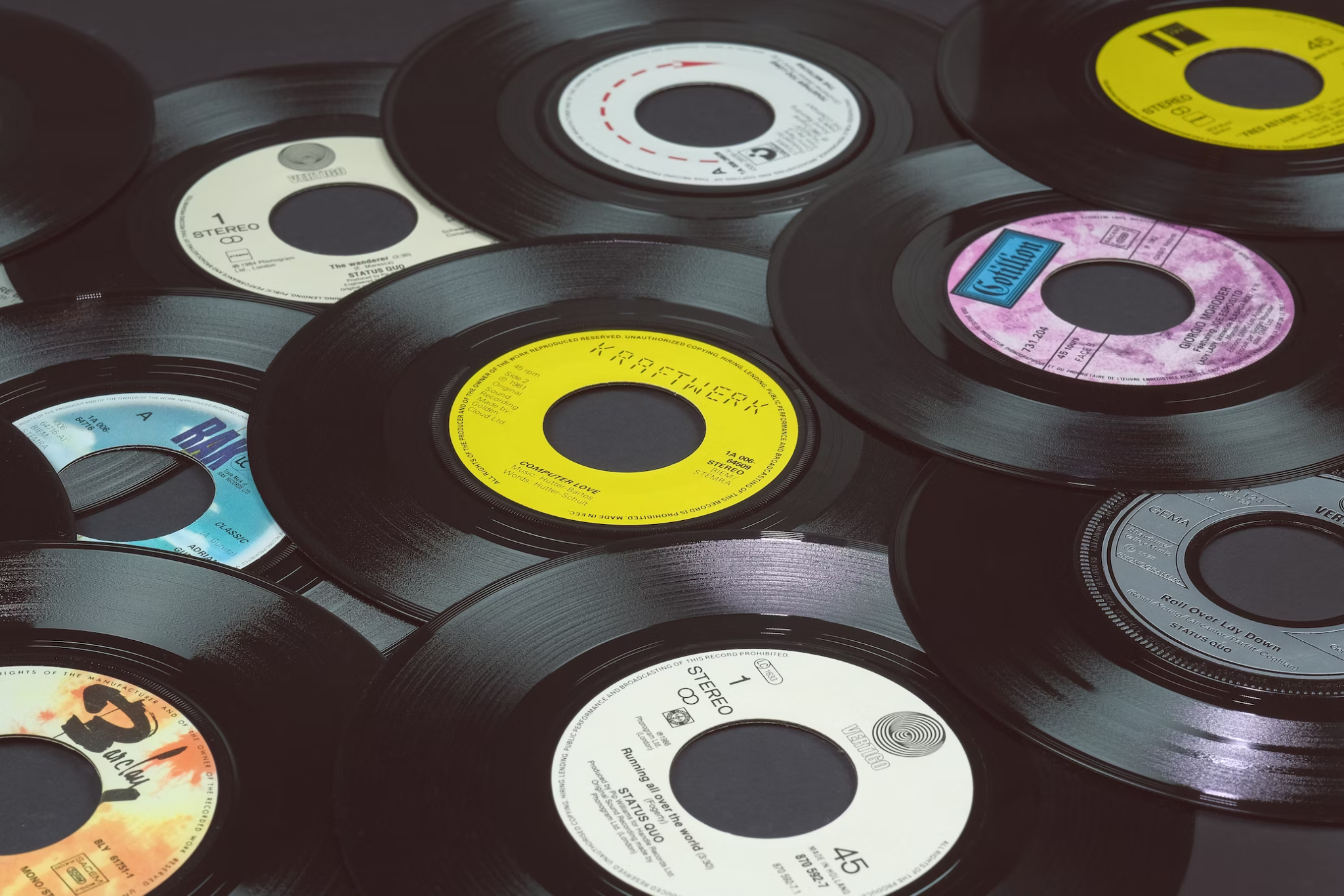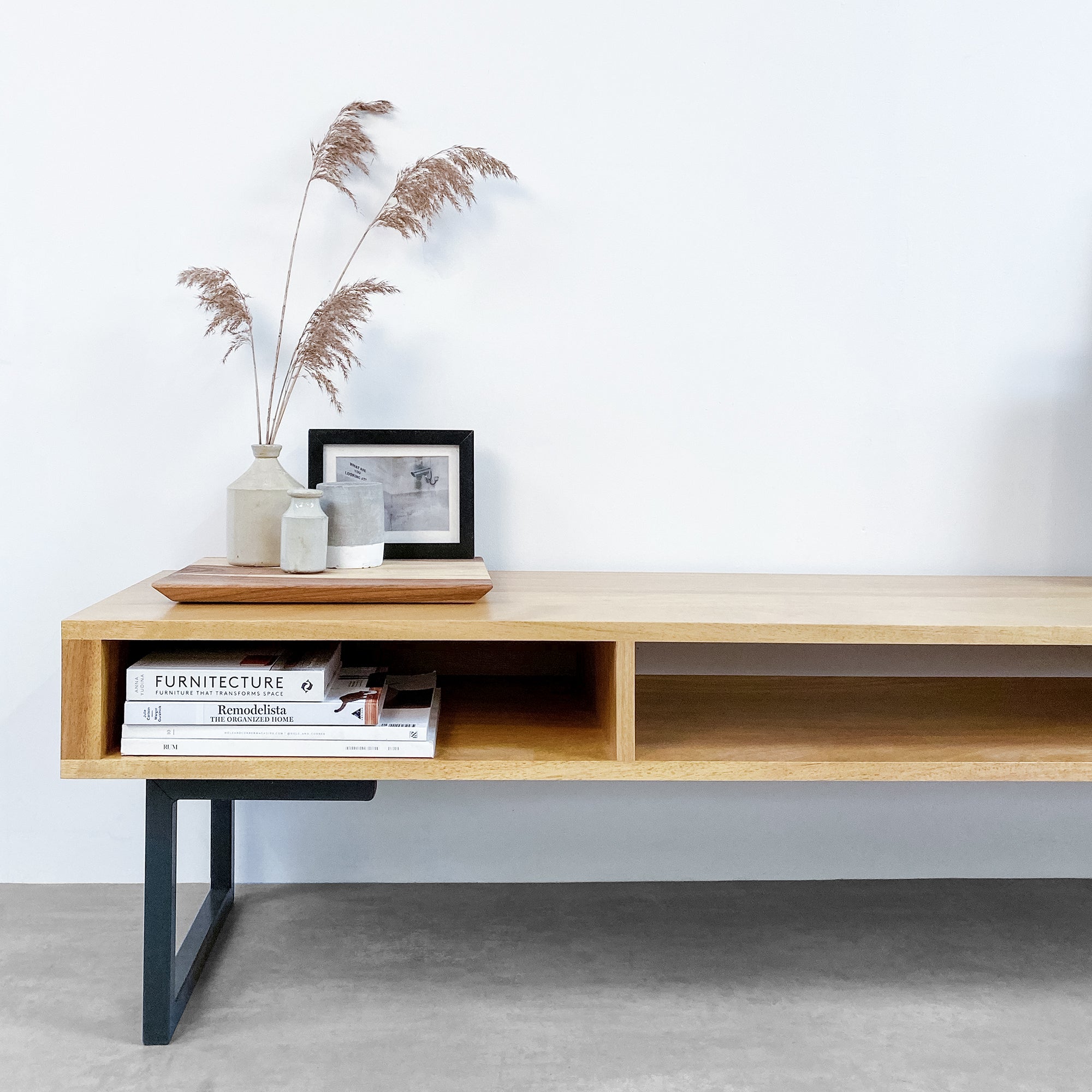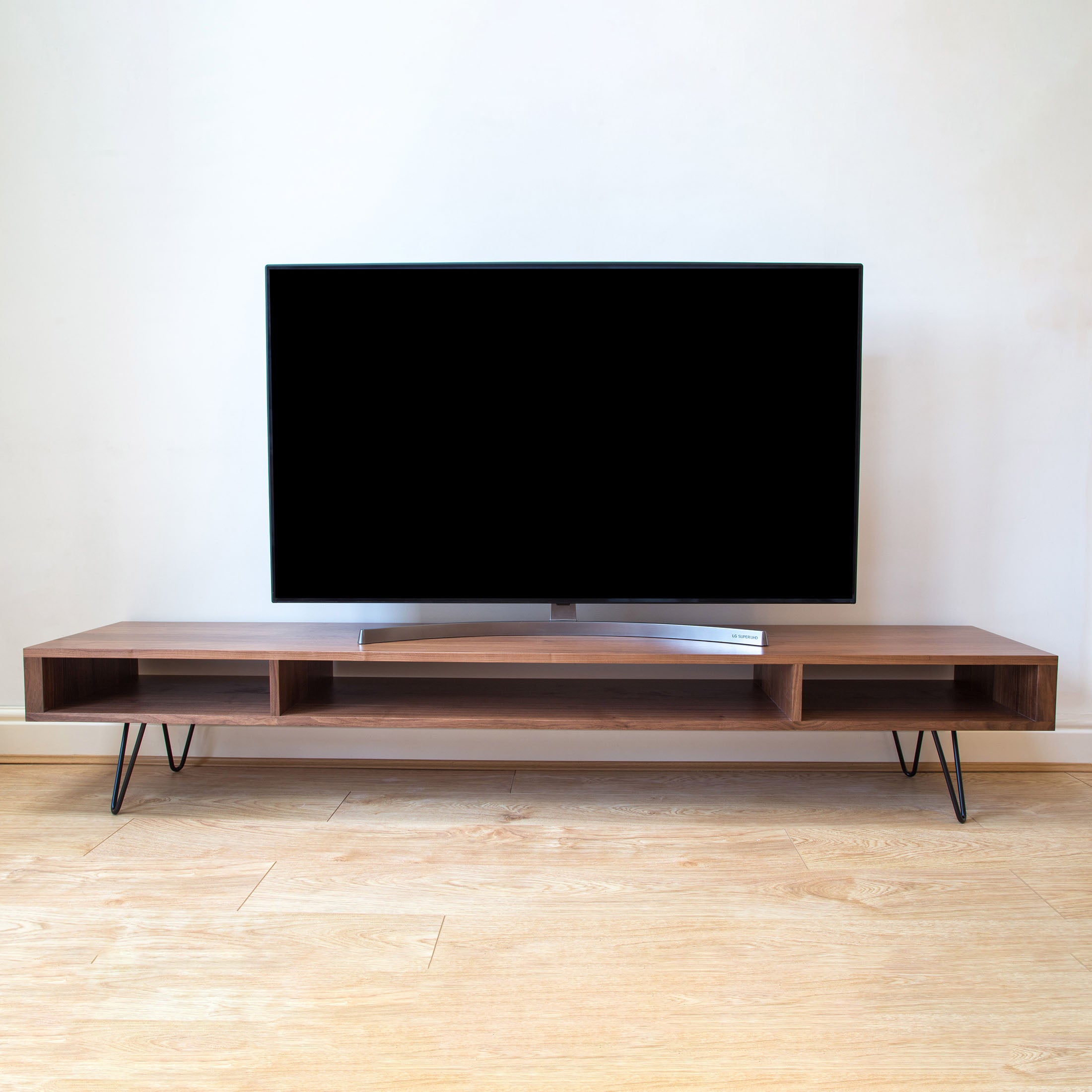
Popular minimalism
Our collection has embraced a minimalist aesthetic from the beginning, and so we decided to take a moment to examine its place in our modern-day lives and how we might live better by embracing its philosophy...
The popularity of minimalism has had a bit of a renaissance in the last few years.
Marie Kondo is partly to blame by inspiring a generation of Netflix watchers to declutter, downsize their possessions and clear out the junk in their lives. And then there's the duo calling themselves “The Minimalists”, on a two-man mission to promote a pared-back lifestyle that places the emphasis on enjoying experiences and people over objects and things: “Use things and love people because the opposite never works”.
It’s a trend that seems to represent the need for more authenticity in our lives. A move away from the traditionally valued displays of excess, valuable possessions and opulent living spaces as outward signs of success and power. A return to clarity of space and thought.

It's nothing new.
Minimalism in this popular form can be traced back through antiquity to Far Eastern cultures, via Buddhist teachings right back to the days of Confucius in the 2nd century BC.
It has long been tied to belief systems. Isn't it interesting how the architecture of minimalist structures so closely resembles that of a temple or religious space? Even though cathedrals, mosques and Hindu temples are usually opulently adorned, the sense of grandeur is felt through the use of space, light and monumental proportions that give you a sense of awe.

(The east wing of Bath Abbey)
The specific design elements that combine to make us feel small, as if we were standing in the presence of something much larger than us, are translated into these minimalist spaces. The high ceilings, the light that shafts through slices of floor to ceiling windows - these are tricks the architects of the ancient grand cathedrals and temples knew long before Mies van Der Rohe and Le Corbusier started designing their angular boxes with sheet glass windows, and these are tactics that Claudio Silvestrin, John Pawson, Tadao Ando and Vincent Van Duysen know how to make work to their advantage.
There is a sense of calm and majesty about their work that taps into the soul. It’s not to everyone’s taste, but even those who like their space to feel as homely as possible by filling it with objects they love, won’t argue that these spaces have a spiritual impact. You might not want to live in one, granted, but they do have an effect on the mind. Some people feel awe. Others feel empty and small; others feel inspired and uplifted.
(Henley TV stand)
The focus of the popular minimalist trend is twofold.
It’s firstly about possessions. These are the easier ones because we can see them. We can literally count the things we have, put them in recycling bags and weigh the difference when we get rid of them (or pass them on to someone who hasn’t heard of Marie Kondo yet). We can see the space where they were before, and it's easy to realise that we prefer the space over the thing that was there before.
The second, more difficult minimalist trend is towards clarity of mind, which is ultimately the whole point. Possessions cloud the mind so getting rid of them helps kick start the mental adjustment, easing you into a comfort level that seems so natural once the first step has been taken. It paves the way for thinking about actions, and how changing the things you do can have the same mind-clearing effect.

There’s less of a road map for this because it can be deeply personal. Mental patterns are harder to change by thought alone. It often requires a change in the things we can see and touch to be able to visualise the mental changes. Inspirational quotes and statements aren’t enough to change us. We need to change actions.
The science of psychology and neuroscience has yet to give us answers to many questions, but we can still look back to the Buddhists and Confucians for daily doses of methods that actually work. Meditation, mindfulness and appreciation of natural beauty are all things that require nothing more than a clear space and a clear mind.
Whilst no one should pretend to have all the answers, it's fair to suggest anyone who is seeking that elusive inner calm and peace, could start with decluttering their space before turning their thoughts inwards to what really gives them a spark of joy. After all, sometimes less can be more.
Blog posts

Vinyl Record Storage Furniture Ideas: Maximizing Space & Style
Vinyl records have made an incredible comeback, and enthusiasts understand the need for proper storage to preserve their cherished collections. With the surge in popularity, furniture designed for ...
Read more
Why and How to Press Your Records at Diggers Factory?
For independent artists, the journey to stardom can be an uphill battle. In the digital age, where streaming platforms rule the music industry, making a name for yourself as an indie artist can be ...
Read more
Wide TV Stand Options for the Perfect Setup
A TV stand is not just a piece of furniture; it's an integral part of your entertainment setup and something used and seen every day. While its primary purpose is to support your television, a well...
Read more




